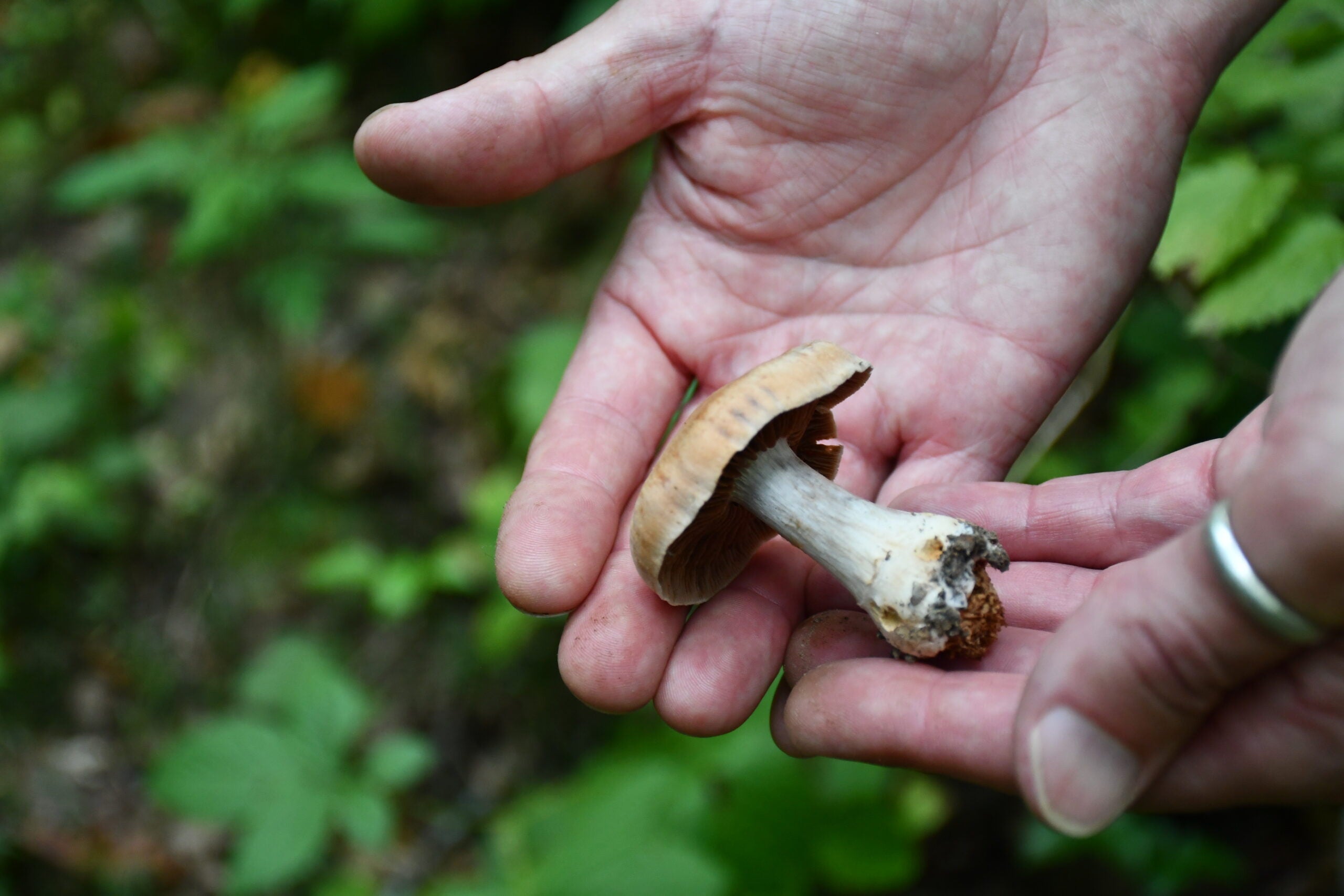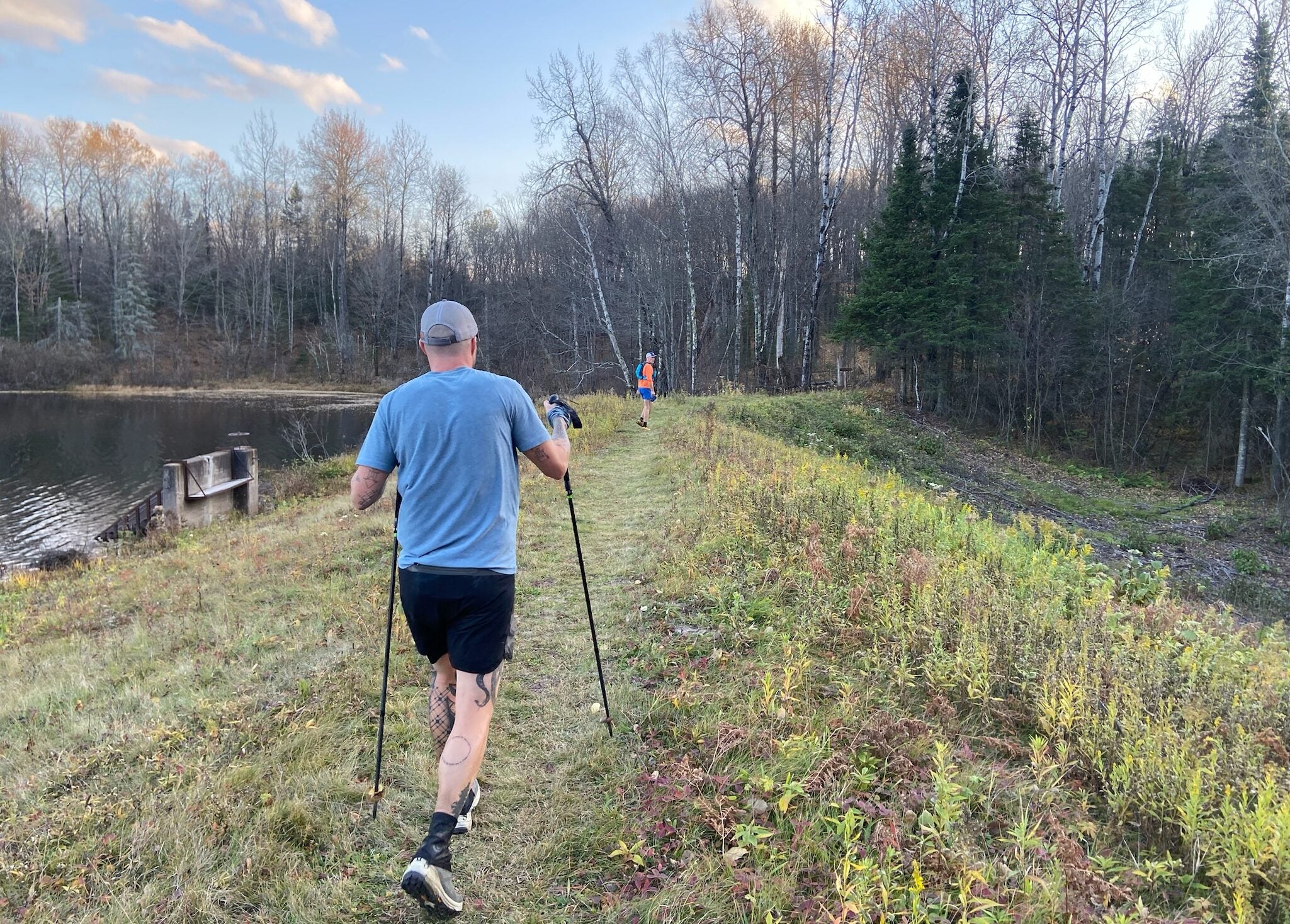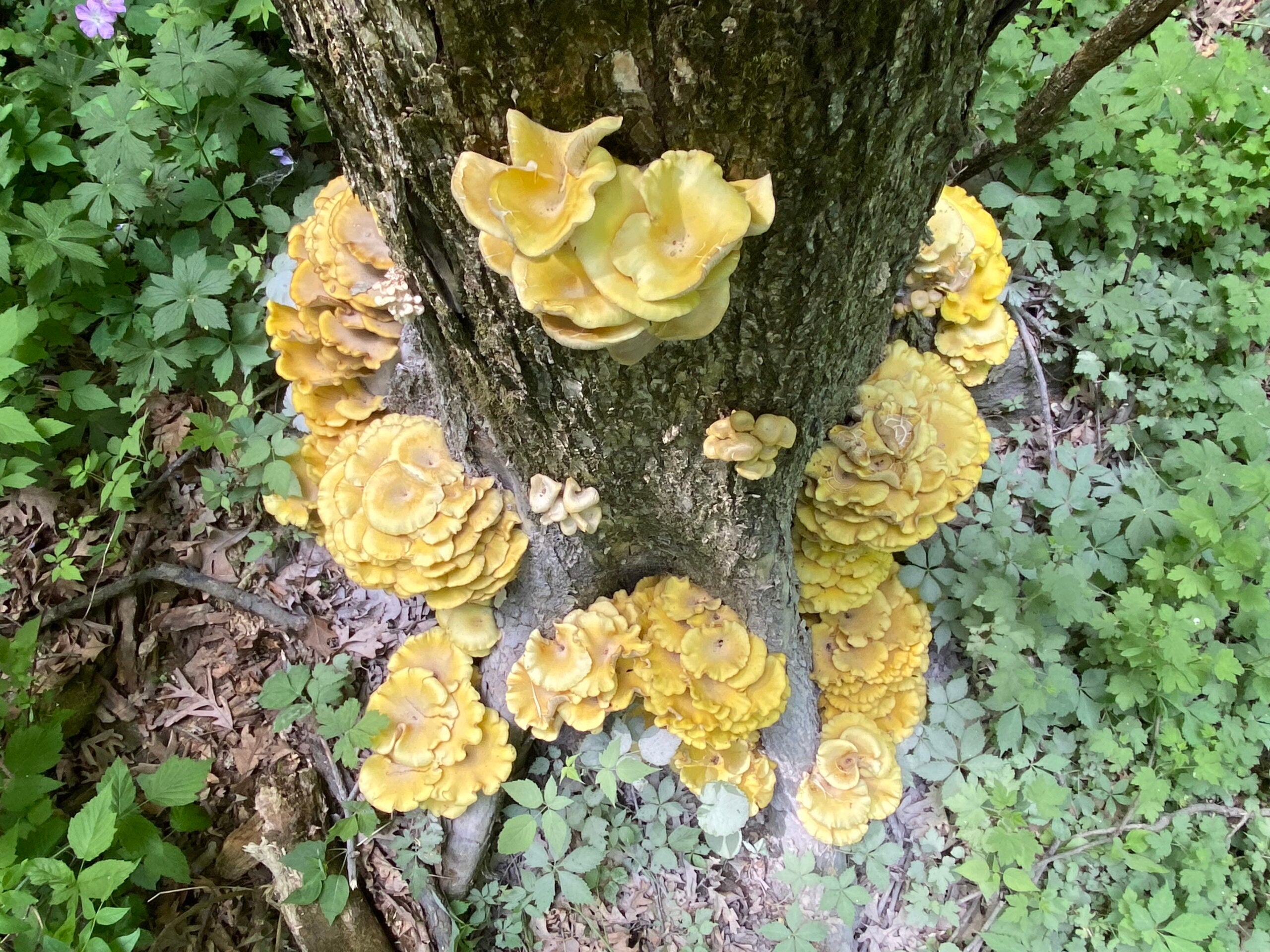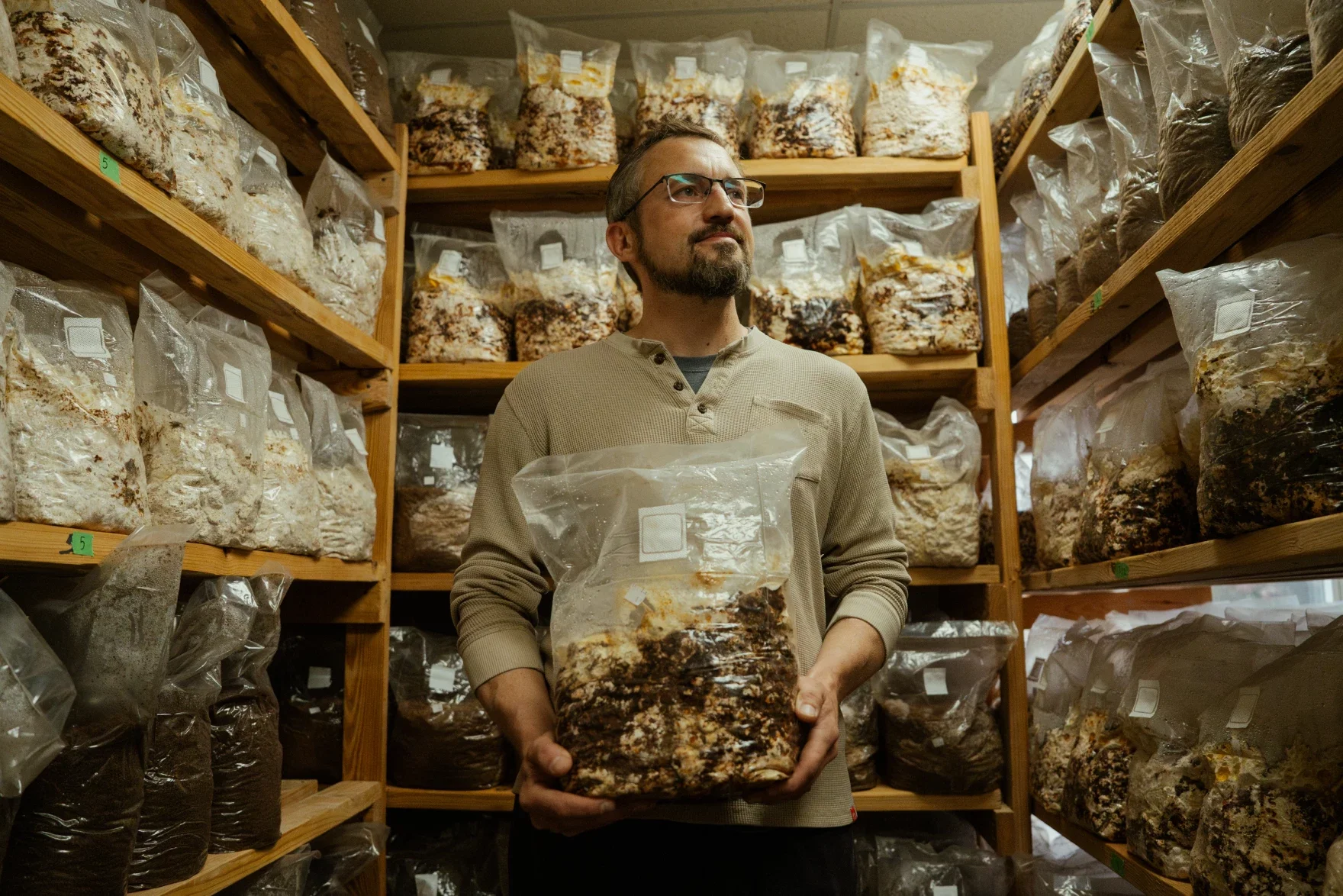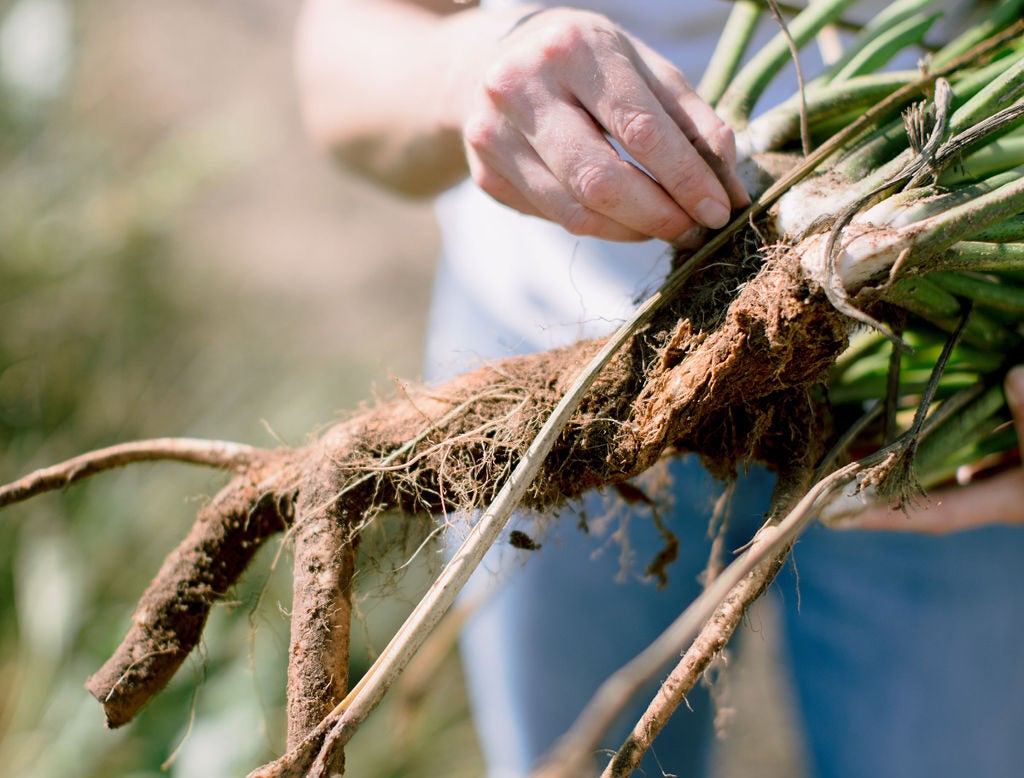On a recent 80-degree day, Jeremy Holmstadt and Brennon Strnad were in the woods anticipating a bustling day of gathering mushrooms.
“September is really peak season for us,” Strnad said as he walked around a wooded area in southern Wisconsin.
The two Dane County residents are active members of the Wisconsin Mycological Society. They frequently go to the woods to find mushrooms. Some mushrooms are edible. Some are used for dying clothes. Some are poisonous, and some are just cool to see, like the puffball mushrooms.
News with a little more humanity
WPR’s “Wisconsin Today” newsletter keeps you connected to the state you love without feeling overwhelmed. No paywall. No agenda. No corporate filter.
“They’re called puffballs because if you smack them, little spores come out of them,” Holmstadt said.
As of January, local foragers need a certification to sell mushrooms to food establishments. That’s because of an update to the Wisconsin Food Code to bring it into alignment with the U.S. Food and Drug Administration.
In order to see what it is like to identify mushrooms in the wild, WPR’s “Wisconsin Today” host Rob Ferrett went on a forage with Strnad and Holmstadt. The group found at least eight different types of mushrooms within the first 20 minutes of the hike. “Wisconsin Today” agreed to keep the exact location private at Holmstadt and Strnad’s request.
For Ferrett, the expedition illustrated the complexity and expertise of local foragers.
Listen to an audio feature of WPR’s “Wisconsin Today” host foraging in the forest with two local mushroom enthusiasts.
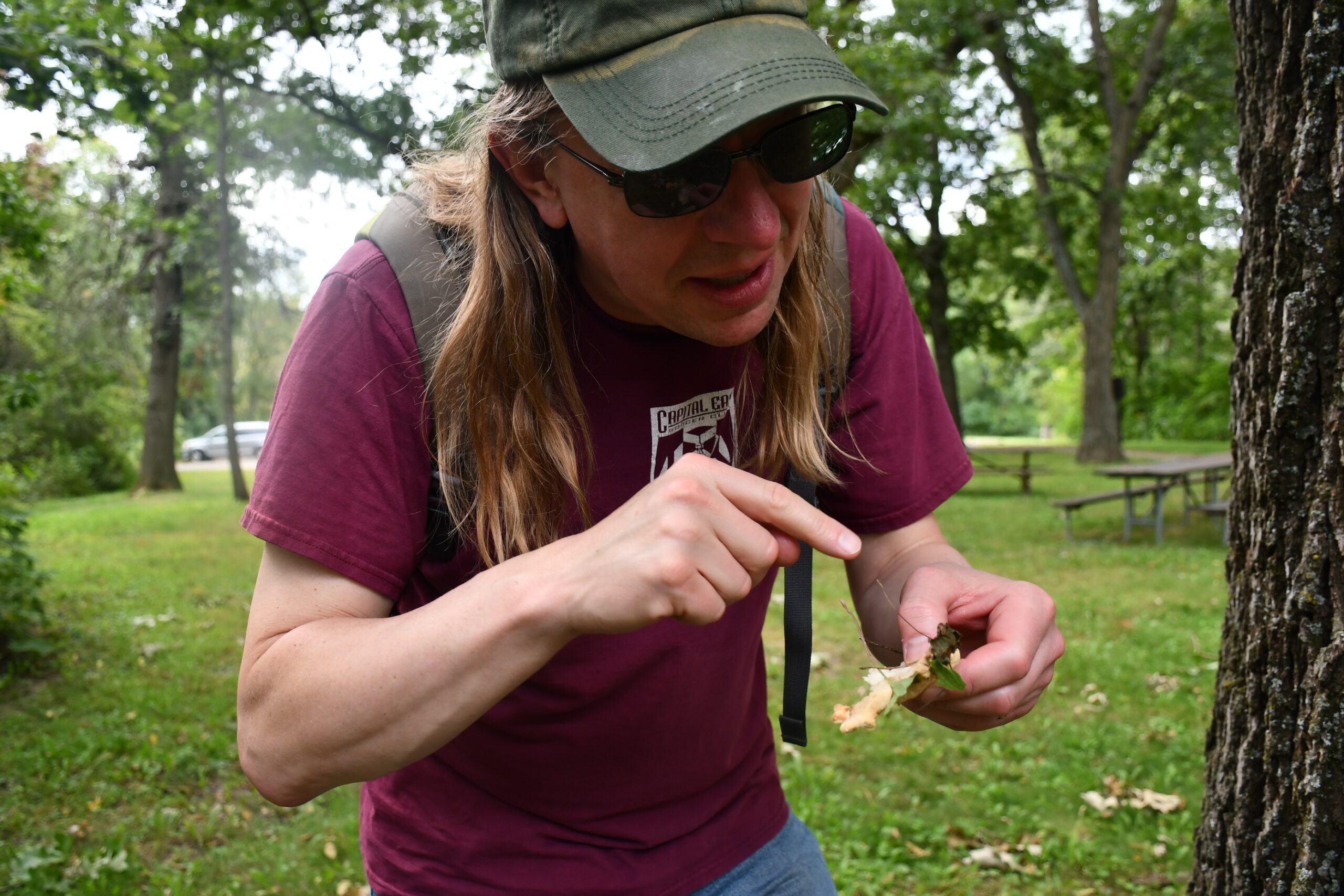
The “certified identifiers” take a six-hour mushroom course through the Wisconsin Mycological Society and other groups. Passing a test nets a three-year certification.
Previously, there was no requirement for certification. Tavis Lynch, the vice president of the mycological society, teaches the course and said foraging for mushrooms is exploding in popularity.
“The main objective is obviously public safety,” Lynch recently said on WPR’s “Wisconsin Today.” “We don’t want poisonous mushrooms or misidentified mushrooms being sold in restaurants and grocery stores around the state.”
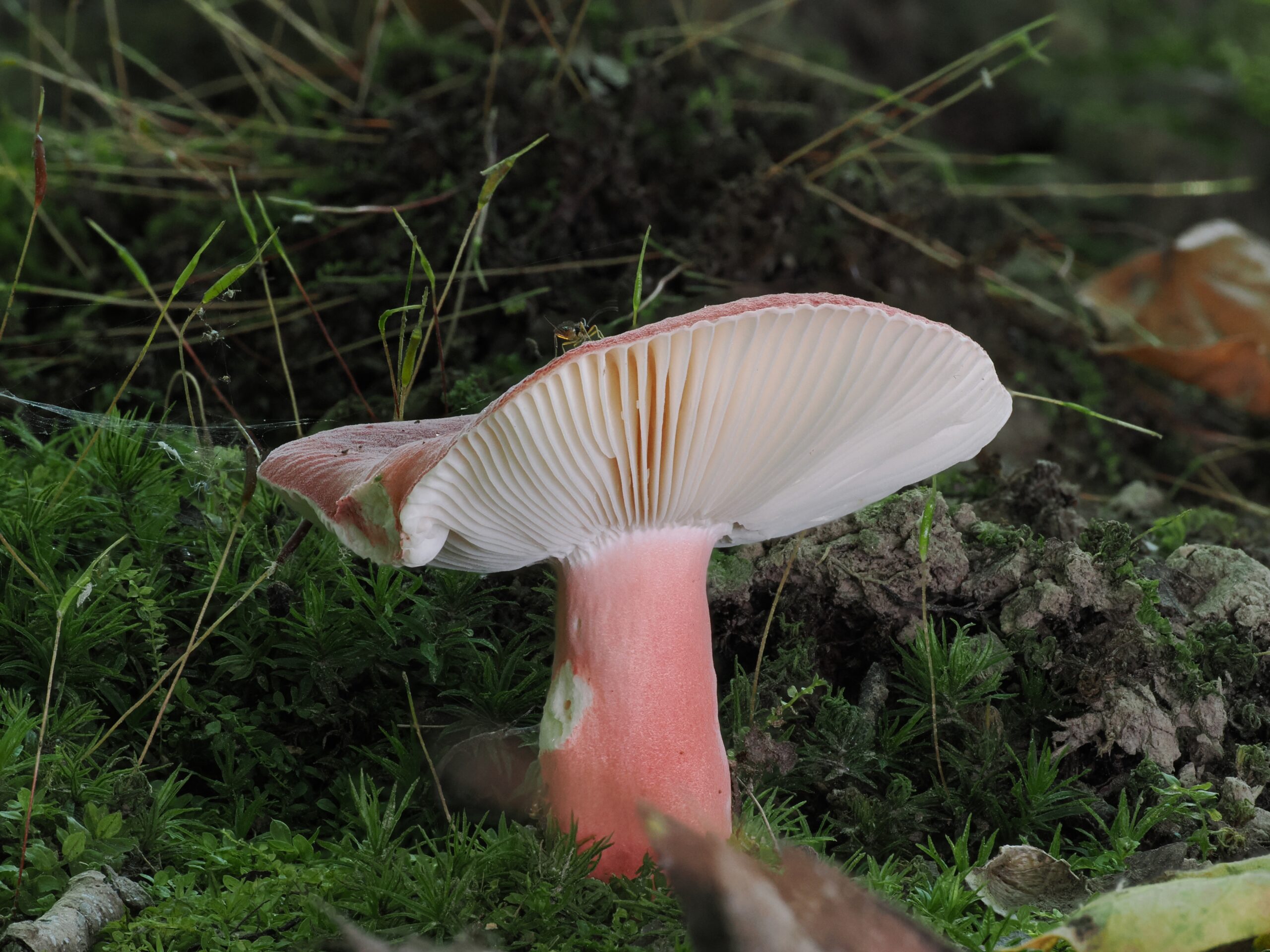
The course is designed specifically for Wisconsin’s fungal environment and its four distinct forest types. He said the mushroom life in the state is different from Michigan and Minnesota, and it is “drastically” different from Illinois.
So, the expertise in identifying Wisconsin-specific edible mushrooms is critical, Lynch said. He estimates there are about 300 types.
More than 170 people are certified identifiers, according to the mycological society. Holmstadt and Strnad are members of the society but not certified themselves. Lynch, who is certified, forages and cultivates roughly 40 pounds of mushrooms per week in Cumberland to sell.
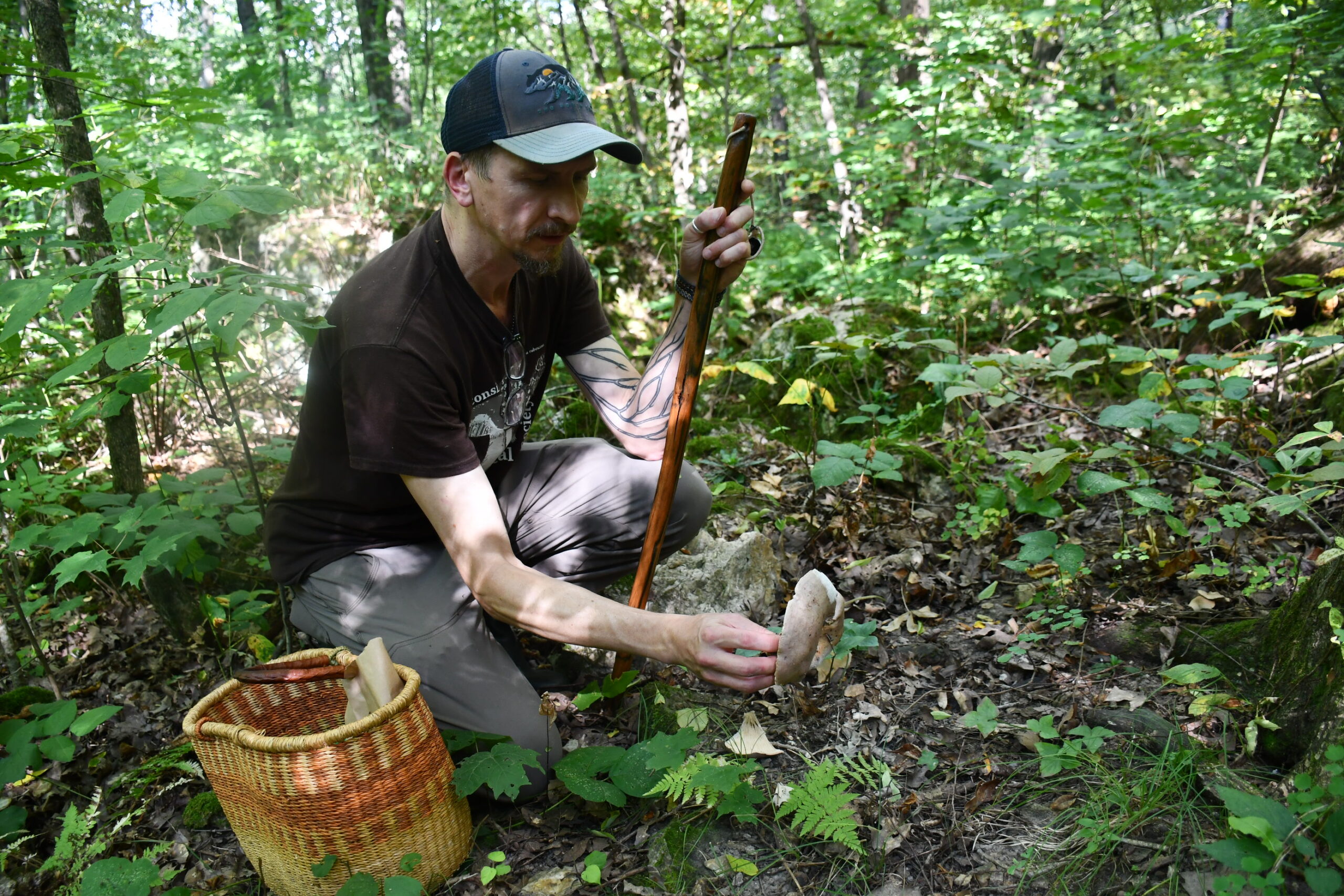
Some mushrooms are poisonous or harmful
As Strnad was out in the forest, he saw a specific type of mushroom called an Amanita.
“This is a mushroom that people have died from, especially here,” Strnad said.
“Folks that have come from Southeast Asia, especially folks from the Hmong community, when they first came over, ate a lot of this mushroom and died from it,” he continued. “There’s a mushroom over there that is not the same but it looks extremely similar. So, they came here and they thought, ‘Well, that’s the mushroom we’re familiar with and people often die from making that mistake.’”
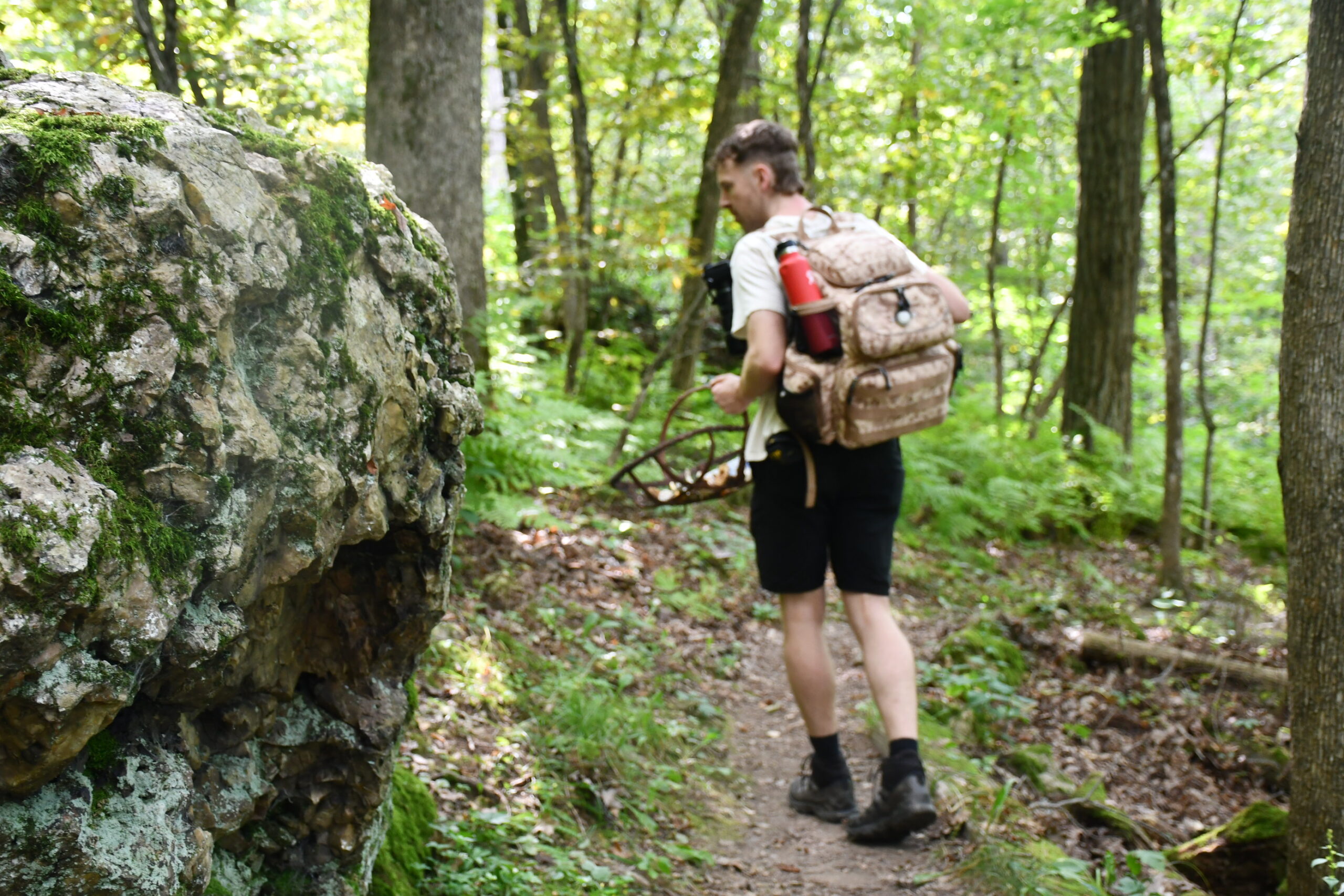
The National Poison Data System reports more than 6,500 cases of people being exposed to toxic mushrooms in 2022. Of that, more than 2,000 had to be treated in a health care facility, and 69 people had severe cases. Four people died.
But Strnad and Holmstadt said one of the most common ways people get poisoned or sick from mushrooms is by eating mushrooms that are too old. They suggested always cooking wild mushrooms before consuming them. Their recommendation is sautéing mushrooms in butter or adding to eggs.
By the end of the forage, both Holmstadt and Strnad had a basket of mushrooms to take home and eat, including chanterelles, boletes, hedgehog mushrooms, resinous polypore and chicken of the woods.
Holmstadt said people should avoid over-collecting mushrooms and clean their shoes of seeds to prevent the spread of invasive species.
“As foragers and people who explore the woods, we have to be mindful because we’re intruding upon their space,” Holmstadt said. “We’re just guests here.”
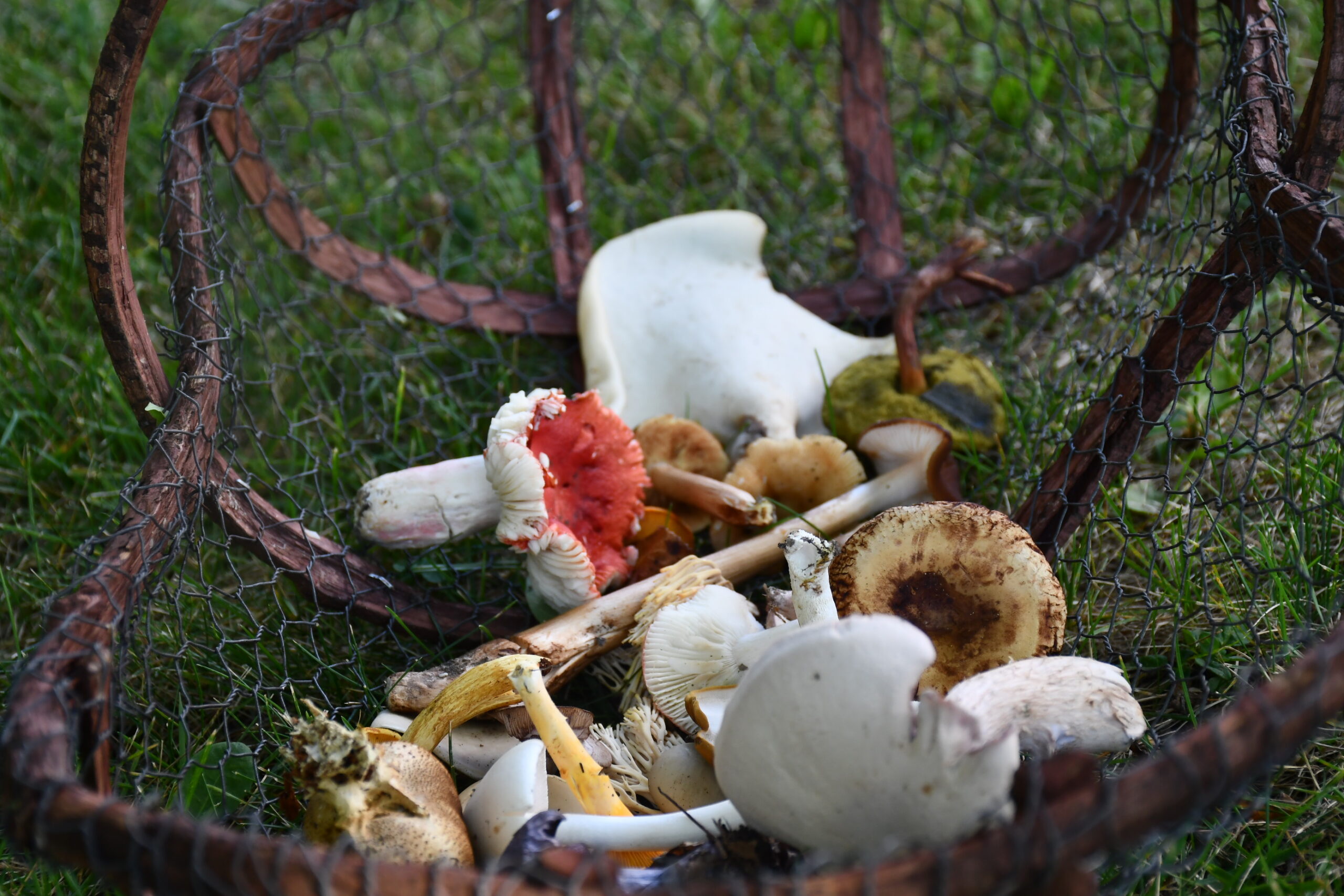
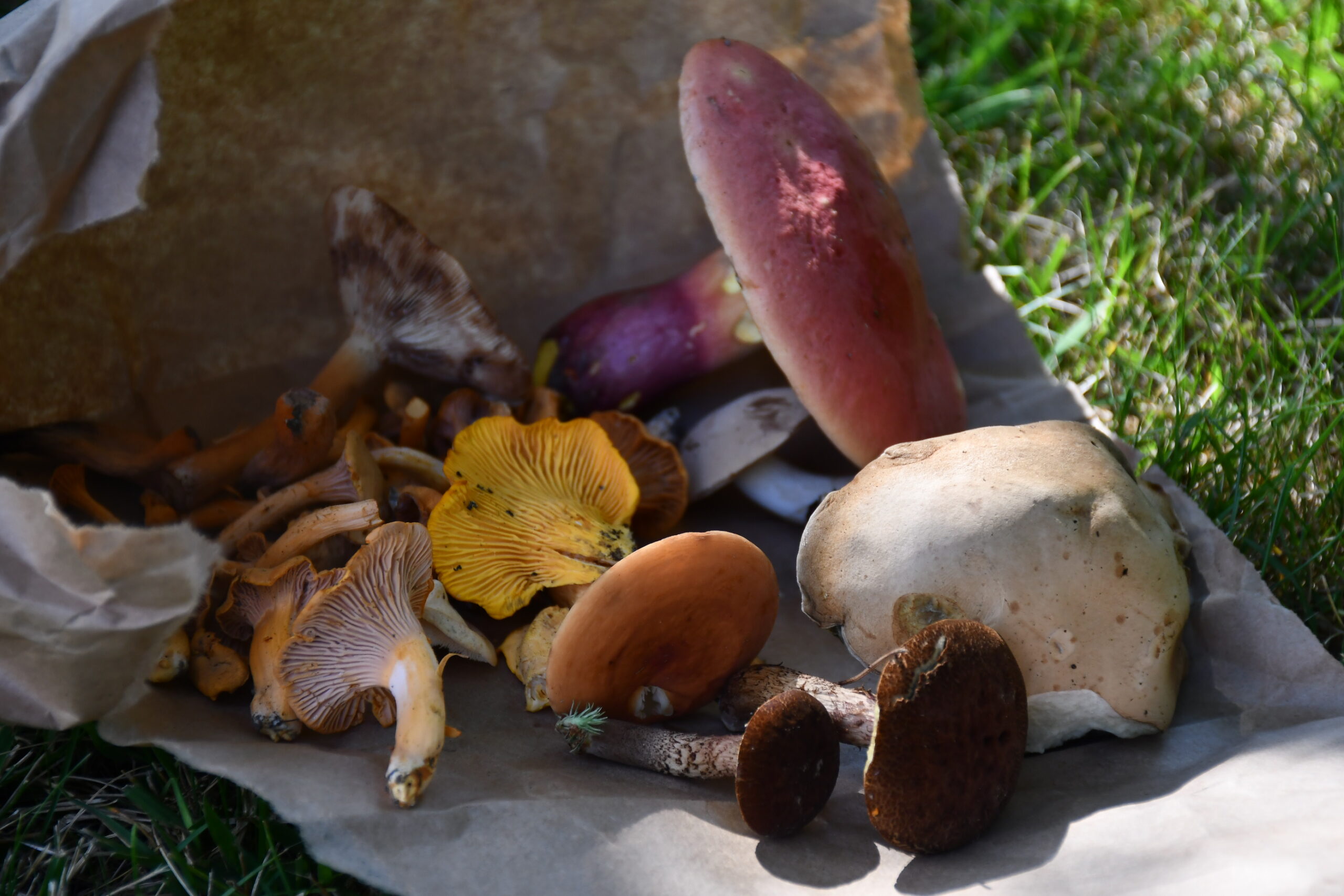
Editor’s note: The video caption was updated Sept. 9 to reflect the mushroom in the video is a cup mushroom, not a puffball mushroom.

